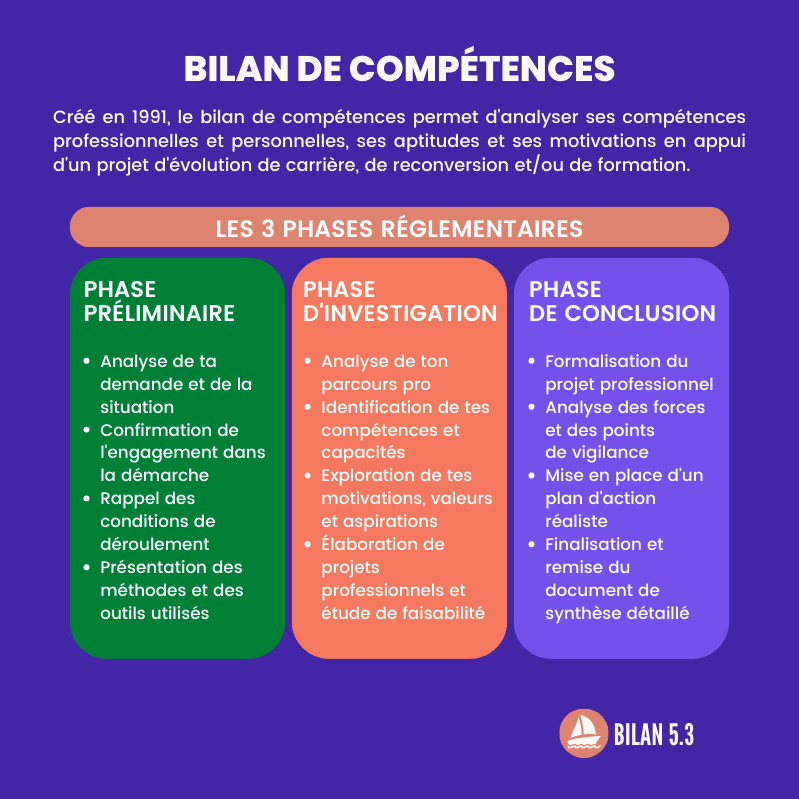The Biomedicine Agency needs 900 additional egg donors. To achieve this, she is creating a new interactive site that will help future donors take action.

Faced with the growing need for oocyte donors, theBiomedicine Agency decided to take potential donors by the hand. To make it easier to take action, it is launching a new multimedia information campaign. This November 18, on his website, a new space will be available. “Egg Donation Near You” is for women who want to help infertile couples but don’t know how.
A new information space
“Egg donation is an intimate process that needs reassurance,” said the Biomedicine Agency in a press release. This is the objective of this new support system. It offers a space that is easy to use and individualized to the maximum. Local information is offered to the Internet user to encourage them to make the first appointment.
This internet space directs the potential donor to a virtual counselor, “Julie. »After having entered his postal code, the Internet user can access useful information close to his home: the figures around egg donation in his region (how many donations, children born thanks to a donation, couples waiting) but also information on the nearest medical team. Animations make it possible to better understand the donation and testimonials help guide people towards making contact. The site also offers the possibility of leaving contact details if the donor wishes to be contacted by the nearest medically assisted procreation (AMP) center.
How to give?
To be a donor, you just need to be between the ages of 18 and 37, already have one or more children and be in good health. This donation is anonymous, free and freely granted, like all other donations. It takes place in two stages. First, the potential donor is informed about the donation she intends to make during a first consultation. The doctor is present to answer all his questions. She must sign a consent form. A health check is then carried out, in order to know the fertility of the donor and to eliminate any contraindication to the donation. Then, the donor is invited to a psychological interview to discuss the donation process.
Second stage of the donation: stimulation of the ovaries before the donation. Lasting 10 to 12 days, it is often performed by the donor or by a nurse who gives subcutaneous injections every day. This period is accompanied by medical surveillance: 3 to 4 blood tests and / or ovarian ultrasounds are performed to assess the response to treatment. The stimulation is adapted according to the results of these examinations. At the end of this period, the oocytes are collected between 35 and 36 hours after the last injection.
The Biomedicine Agency insists on the urgent need to recruit new donors. Egg donation, even if it is progressing, is still insufficient. In 2011, 402 new donors came forward. It would take 900 more to meet all the demands of infertile couples. These new donations made it possible to carry out 800 in vitro fertilizations (IVF), which resulted in 208 births. The Agency estimates that for a donation, two couples on average are helped. But at the end of 2011, 1,806 couples were still waiting for a donor.
.















